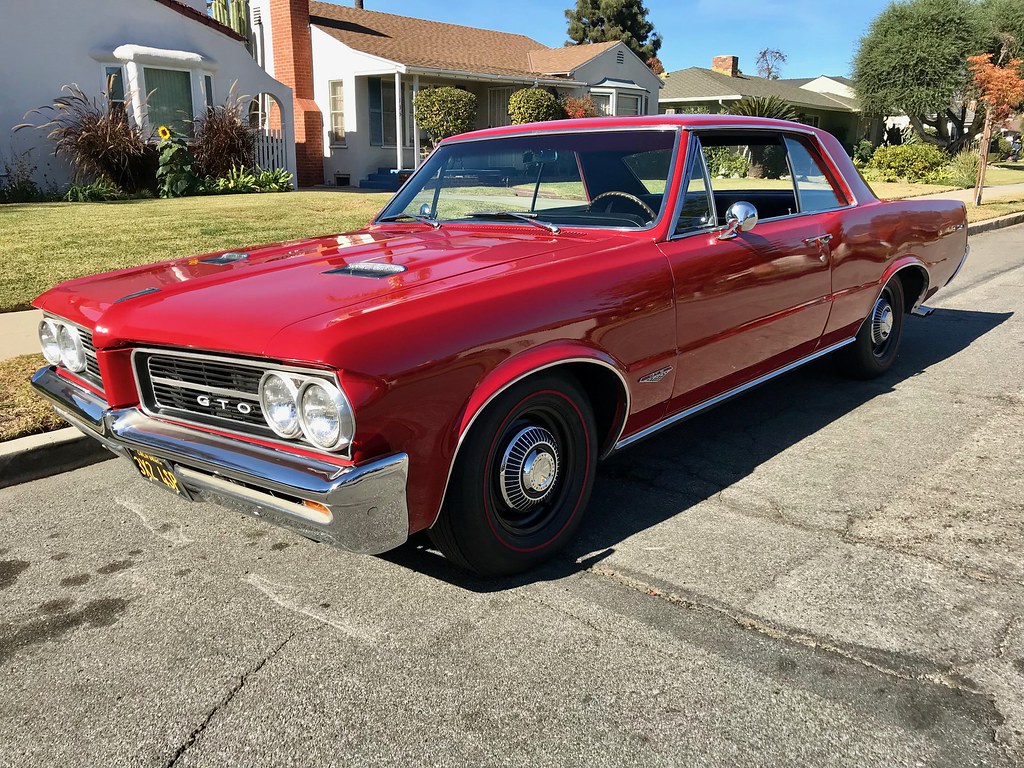
rexus31
-
Posts
6 -
Joined
-
Last visited
Content Type
Profiles
Forums
Gallery
Blogs
Downloads
Events
Posts posted by rexus31
-
-
How often should one perform paint correction?
-
-
1 hour ago, Rich said:
Welcome to the forum Rexus! You have a nice stable!!

Thank you, sir!
-
New member checking in from San Gabriel, CA. I've got three rides that I currently use Adam's Products on:
Daily Driver: 2015 Jaguar F-Type 340hp Convertible:

Weekend Cruiser: 1965 Chrysler 300 Convertible:

Weekend Cruise: 1964 Pontiac GTO

- RayS and falcaineer
-
 2
2
-
I gave my Jaguar F-Type Convertible some love last week. I clay bared using Adam's Visco Clay Bar Kit, did a two step correction/polish using Meguiar's D300 and D302, applied Adam's Coating Prep then topped it off with Adam's Ceramic Spray Coating. Today, I washed the car and applied Adam's Ceramic Boost 2.0. It looks great. My questions surround the Ceramic Boost. What effect will it have on the Ceramic Spray Coating? How often should Ceramic Boost be applied?


Paint Correction Frequency
in Paint Correction & Polishing
Posted
Very helpful. Thank you!